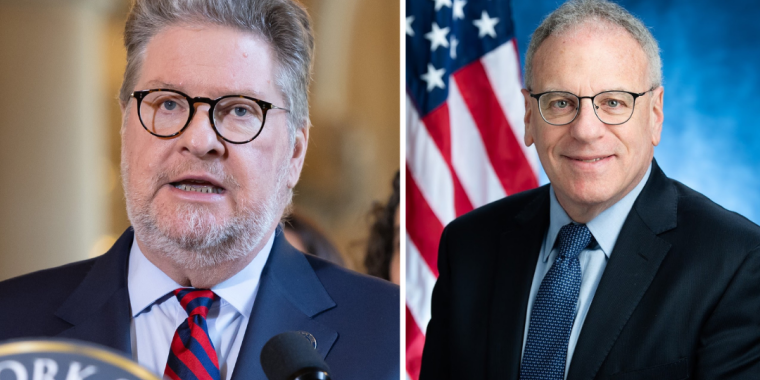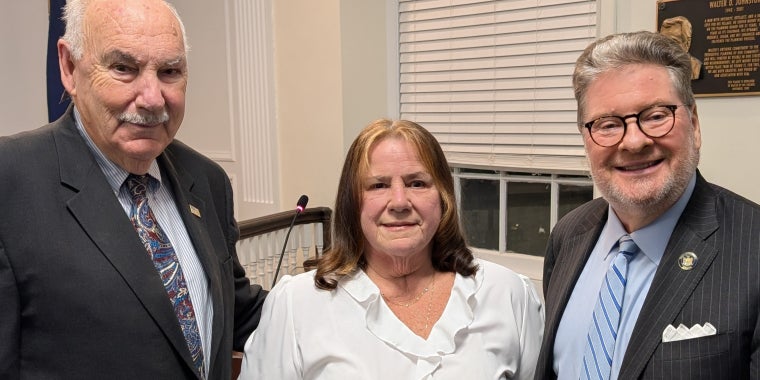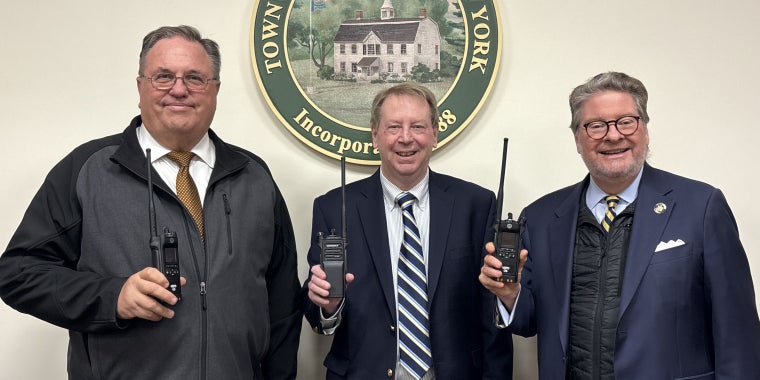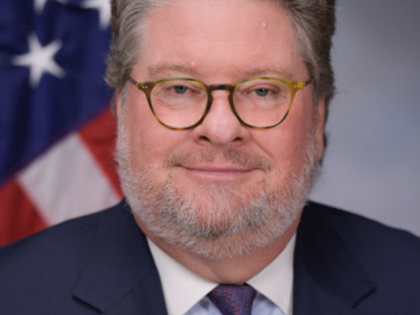
Senators Harckham and May Host Public Hearing in Albany on Harmful Algal Blooms
May 22, 2025
-
ISSUE:
- Senator Harckham. SD40
- Harmful Algal Blooms (HABs)
- Environmental Conservation
- Water Protection
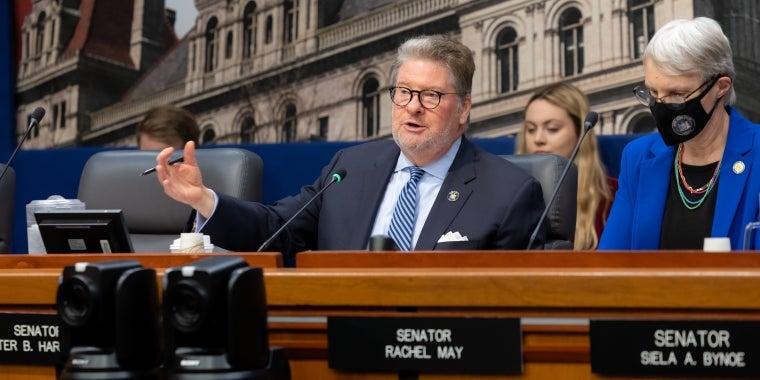
State Sens. Pete Harckham and Rachel May during the Harmful Algal Blooms hearing in Albany
Albany, NY – New York State Senator Pete Harckham, chair of the Senate Environmental Conservation Committee, and State Senator Rachel May hosted a public hearing on May 21 here at the State Capitol to evaluate the efficacy of New York State’s monitoring and management of harmful algal blooms (HABs) and to examine potential legislative solutions.
Harmful algal blooms, or HABs, are accumulations of cyanobacteria—commonly known as blue-green algae—that can release dangerous toxins into water bodies. These blooms pose a growing threat to public health and environmental stability across New York State.
“This hearing was about protecting our waterways, preserving fragile drinking water supplies, and safeguarding public health,” said Sen. Harckham. “The alarming rise in harmful algal blooms across New York, exacerbated by climate change, demands a coordinated, evidence-based statewide strategy to mitigate risks and support our communities.”
“Every season, toxic algal blooms plague many New York lakes, causing a potentially dangerous situation for residents who depend on lakes for drinking water or use them for recreation,” said Sen. May. “The HABs Senate hearing in Albany was a significant step forward, providing us with invaluable testimony about the problem and potential solutions. Thank you to Senator Pete Harckham for leading the hearing, and to the many panelists who brought their expertise to help us protect New York State's precious freshwater resources.”
HABs thrive in warm, nutrient-rich waters and can produce harmful toxins such as microcystins and anatoxins. Human and animal exposure—whether through ingestion, skin contact, or inhalation—can lead to serious health issues, including liver damage, neurological effects, and gastrointestinal illness. These toxins jeopardize drinking water safety, the welfare of wildlife and pets, recreational activities, agriculture, local economies, and overall water quality.
The impacts of climate change—such as rising water temperatures and intensified precipitation patterns—have worsened nutrient runoff, primarily phosphorus and nitrogen, which fuels algal bloom formation.
Both Harckham and May have introduced legislation to address this growing crisis. Harckham’s bill (S5936A) would authorize municipalities and lake associations to obtain permits for the use of scientifically vetted products to control algal blooms and restore safe phosphorus levels in water bodies. May’s bill (S1833) proposes the creation of a centralized system within the state’s Department of Environmental Conservation (DEC) to coordinate statewide monitoring, evaluation, and prevention of HABs.
During the hearing, lawmakers received in-person testimony from state agencies, local governments, lake associations, researchers, agricultural organizations, and environmental advocates. Witnesses highlighted both the widespread presence of HABs and the significant challenges in addressing them.
One of the most common concerns raised was the prolonged and often cumbersome permitting process, which can delay key mitigation projects. Also, inadequate state funding for prevention efforts was cited as a critical barrier.
Panelists called for increased scientific research, improved education and training for state agencies, and stronger enforcement against polluters contributing to nutrient runoff. Many also emphasized the importance of interagency collaboration—particularly between DEC, the state’s Department of Health, and local municipalities—to streamline permitting and ensure a timely, coordinated response to HAB outbreaks.
The Northeast Dairy Association testified that although HABs negatively impact agriculture, collaborative efforts with municipalities and state agencies in the Finger Lakes region have led to promising reductions in nutrient-related pollution—up to 97% in some areas.
Other organizations offering testimony included Citizens Campaign for the Environment, Riverkeeper, and the New York Association of Conservation Districts, all of whom stressed the urgency of addressing HABs as both a public health threat and an ecological crisis.
Adrienne Esposito, Executive Director of Citizens Campaign for the Environment, said, “Harmful algal blooms (HABs) are increasing in both fresh and marine water bodies throughout New York and causing an ever-increasing threat to public health. It is imperative that experts from state agencies, academia and environmental organizations come together to share science-based information and action plans to address this threat. The Senate hearing on HABs provided important information on each region’s challenges and strategies to combat the problem. It was a meaningful venue to develop a more strategic and substantive plan to address HABs’ potentially dangerous impacts. We are very thankful that Senators Harckham and May held this first of its kind hearing, and we look forward to continuing to advance important solutions.”
Jeremy Cherson, Associate Director of Government Affairs at Riverkeeper, said, “Reducing harmful algal blooms will take more than a singular silver bullet. We need the New York State Department of Health to step up with stronger public protections, the New York State Department of Environmental Conservation to finalize long-overdue pollution plans for the Mohawk and Wallkill Rivers, and state leaders to support communities with the tools and funding to safeguard drinking water. Riverkeeper thanks Senators Harckham and May for recognizing that a coordinated, statewide response is essential to address this threat to clean, healthy waterways across New York.”
Blanche L Hurlbutt, Executive Director New York Association of Conservation Districts, said, “The importance of the algal bloom hearing was allowing all partners to be heard and concerns being addressed to the Senate. This provided a better understanding of not only the dangers but what Soil and Water Conservation Districts and others are doing to address the issue.”
